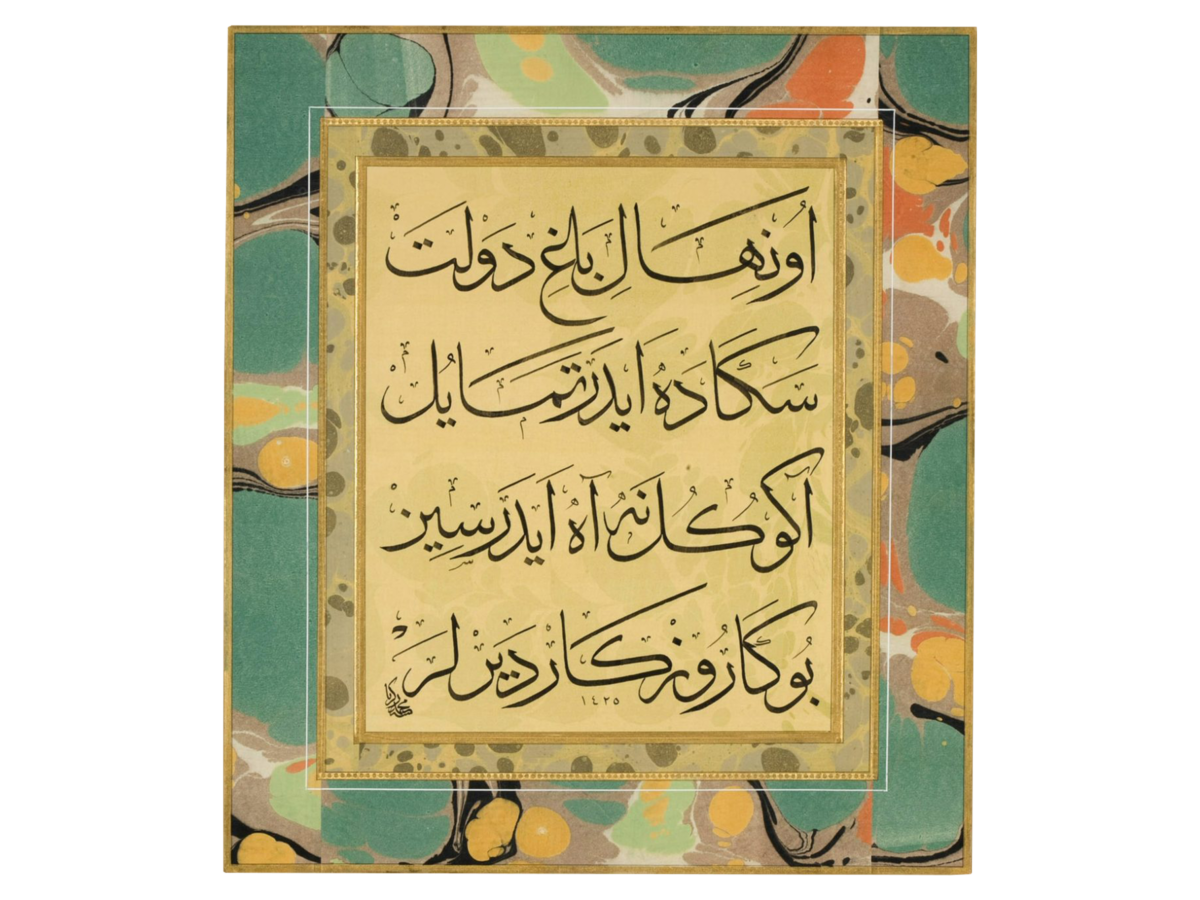Activity
Beliefs Made Visible: Why Script Matters

Click through the gallery to see examples.
With simple beginnings in the pre-Islamic period, Arabic script developed rapidly after the rise of Islam into not only a writing system but also an art form. Because the revelations of God to Muhammad were in Arabic, it became the language of Islam and the reading and writing of Arabic play a central role in the religion. In the first chapter of the Qur’an, God is described as “most generous, teaching by the pen” (96/3-4), and God is often described in Islamic poetry as the eternal calligrapher.
In this activity, you will think about the visual impact of various scripts. How does the appearance of a message affect its reception?
Materials
Writing utensils (color markers, pencils, etc.)
Paper
Procedure
- Look at the different versions of “The quick brown fox jumps over the lazy dog” in the PDF download. Each sentence is made up of the same words but written in a different script or font. Take a look at each sentence and share with your partners the feeling or impression each font creates. What words might you use to describe each font?
- Which font would you use for a diploma? For a party invitation? For a video game ad? Why?
- Given what you have learned about fonts, what impact do you think the script of the Qur’an is supposed to have on the reader?
- Now it’s your turn! Create a kit’alar, a calligraphic work written on a rectangular piece of paper pasted onto a cardboard backing, or a series of kit’alar, called murrakkalar.
To learn more about Arabic script, visit these resources:






